《从零开始的Java世界》系列主要讲解Javase部分,从最简单的程序设计到面向对象编程,再到异常处理、常用API的使用,最后到注解、反射,涵盖Java基础所需的所有知识点。学习者应该从学会如何使用,到知道其实现原理全方位式地学习,才能为以后框架的学习打下良好的基础。
目录
1.File类
1.1概述
1.2实例化
1.2.1构造器
1.3常用方法
2.IO流
2.1概述
2.2分类
2.3流的API
3.文件流(节点流)
3.1FileReader
3.2FileWriter
3.3FileInputStream及FileOutputStream
4.处理流
4.1缓冲流
4.1.1实现步骤
4.1.2实现代码
4.2转换流
4.2.1介绍
4.2.2实现
4.3对象流
4.3.1说明
4.3.2对象的序列化机制
4.3.3使用
序列化过程
反序列化过程
编辑
1.File类
1.1概述

1.2实例化
1.2.1构造器


1.3常用方法
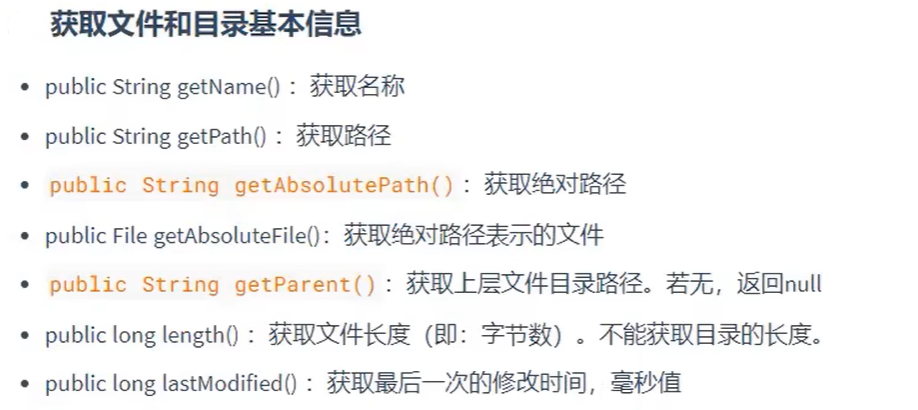


2.IO流
2.1概述
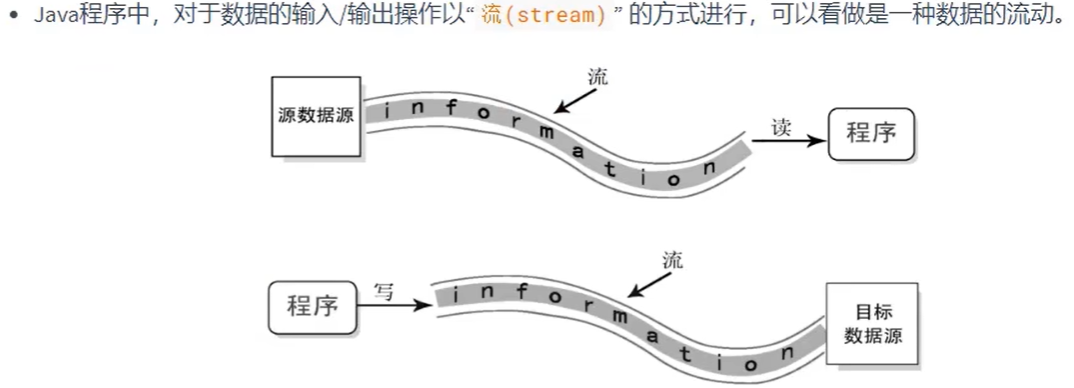


2.2分类



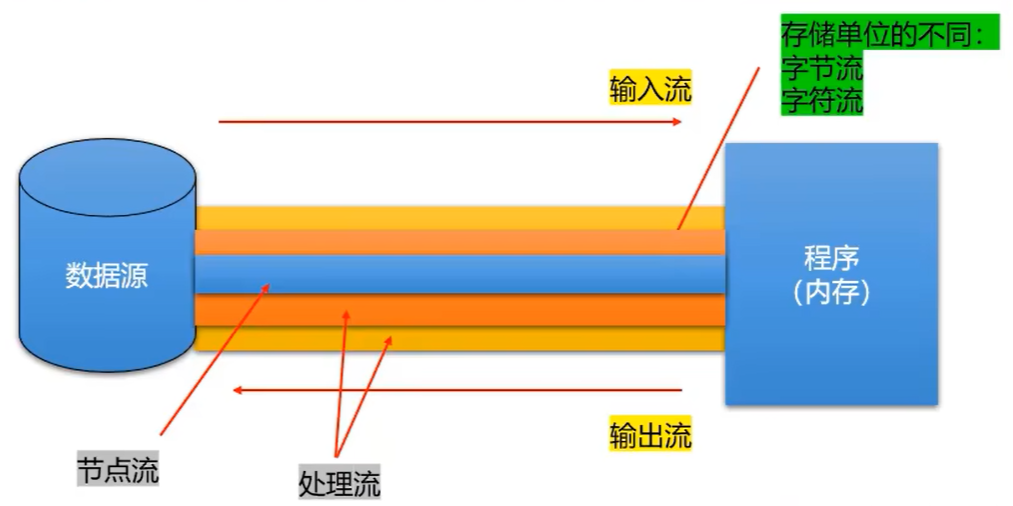
2.3流的API

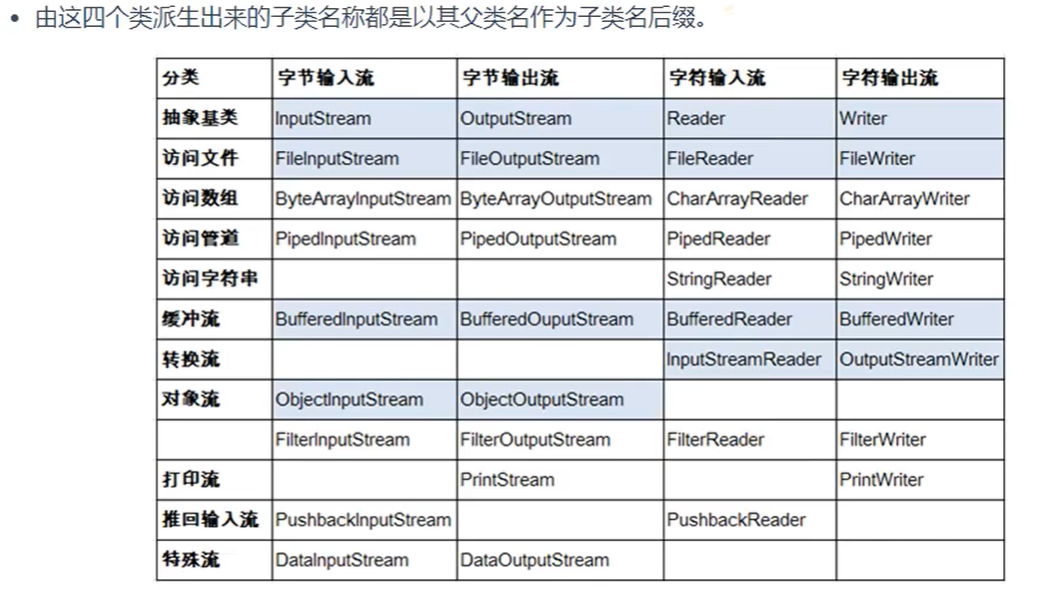
3.文件流(节点流)
3.1FileReader
读写文本文件用字符流
@Testpublic void test(){FileReader fr = null;try {//1.创建File类对象,对应一个文件File file = new File("hello.txt");//2.创建输入型的字符流,用于读取数据fr = new FileReader(file);//3.读取数据,显示在控制台上//方式一:
// int data = fr.read();
// while (data != -1){
// System.out.print((char)data);
// data = fr.read();//方式二:char buffer[] = new char[5];int len = fr.read(buffer);while (len != -1){for(int i = 0; i < len; i++){System.out.print(buffer[i]);}len = fr.read(buffer);}} catch (IOException e) {e.printStackTrace();} finally {//4.关闭流资源try {fr.close();} catch (IOException e) {e.printStackTrace();}}}3.2FileWriter
@Test
public void test2() {FileWriter fw = null;try {//1.创建File对象,指明操作的文件名称File file = new File("info.txt");//2.创建输出流fw = new FileWriter(file);//3.输出过程fw.write("ykx666");} catch (IOException e) {e.printStackTrace();}//4.关闭资源try {fw.close();} catch (IOException e) {e.printStackTrace();}
}3.3FileInputStream及FileOutputStream
读写非文本文件(如图片、音视频)用字节流
@Test
public void test(){FileInputStream fis = null;FileOutputStream fos = null;try {//1.创建相关的File类对象File file1 = new File("sdz.jpg");File file2 = new File("copy_sdz.jpg");//2.创建相关字节流fis = new FileInputStream(file1);fos = new FileOutputStream(file2);//3.数据的输入和输出byte[] buffer = new byte[1024];int len;while((len = fis.read(buffer)) != -1)fos.write(buffer,0,len);System.out.println("复制成功!");}catch (IOException e) {e.printStackTrace();}//4.关闭资源try {fis.close();} catch (IOException e) {e.printStackTrace();}try {fos.close();} catch (IOException e) {e.printStackTrace();}
}
4.处理流

4.1缓冲流


4.1.1实现步骤

4.1.2实现代码
/** 使用BufferedInputStream/BufferedOutputStream复制一张图片* @author yangkx* @date 2023-05-22 19:48*/
@Test
public void test(){FileInputStream fis = null;FileOutputStream fos = null;BufferedInputStream bis = null;BufferedOutputStream bos = null;try {//1.创建相关的File类对象File file1 = new File("sdz.jpg");File file2 = new File("copy_sdz2.jpg");//2.创建相关字节流、缓冲流fis = new FileInputStream(file1);fos = new FileOutputStream(file2);bis = new BufferedInputStream(fis);bos = new BufferedOutputStream(fos);//3.数据的输入和输出byte[] buffer = new byte[1024];int len;while((len = bis.read(buffer)) != -1)bos.write(buffer,0,len);System.out.println("复制成功!");}catch (IOException e) {e.printStackTrace();}//4.关闭资源//先关外层try {bis.close();} catch (IOException e) {e.printStackTrace();}try {bos.close();} catch (IOException e) {e.printStackTrace();}try {fis.close();} catch (IOException e) {e.printStackTrace();}try {fos.close();} catch (IOException e) {e.printStackTrace();}
}4.2转换流
4.2.1介绍


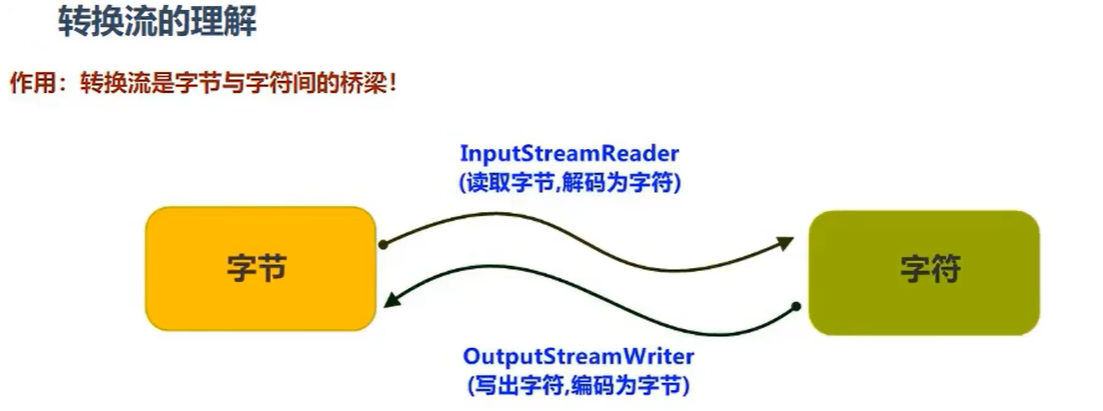
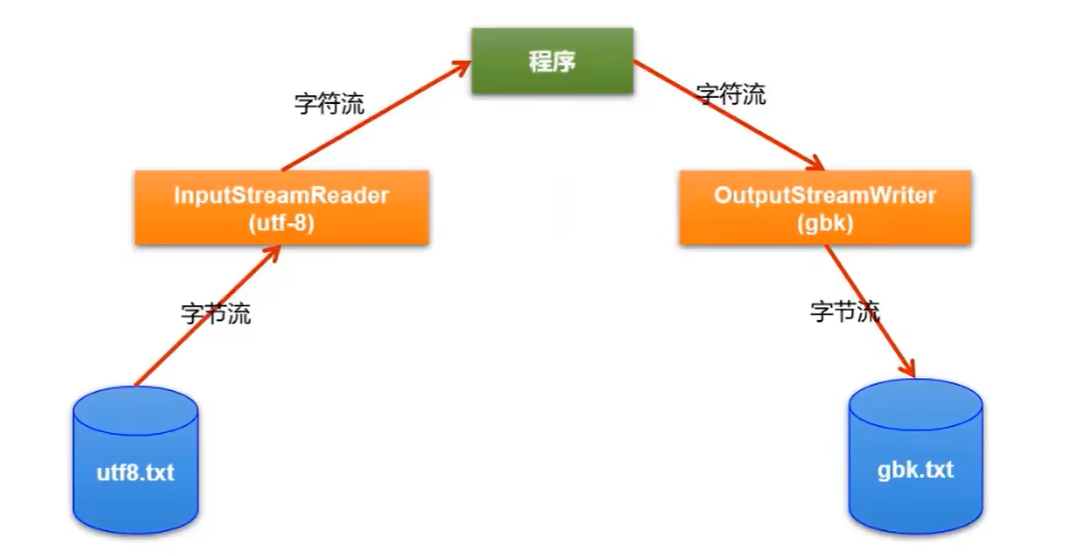
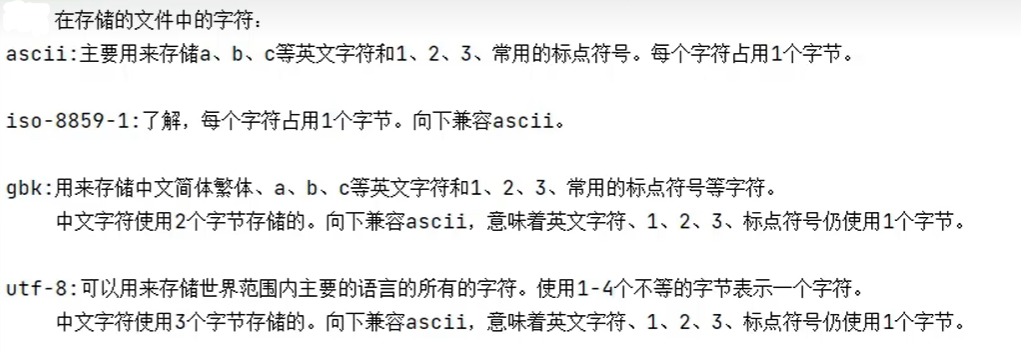
4.2.2实现
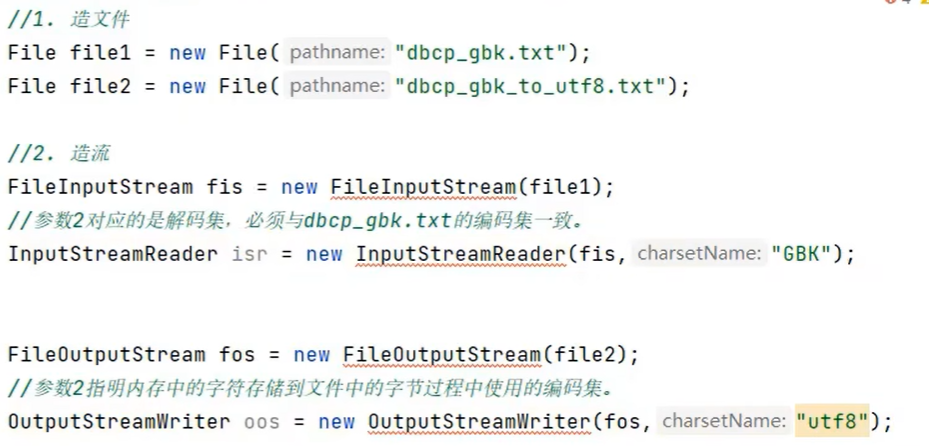

4.3对象流
4.3.1说明
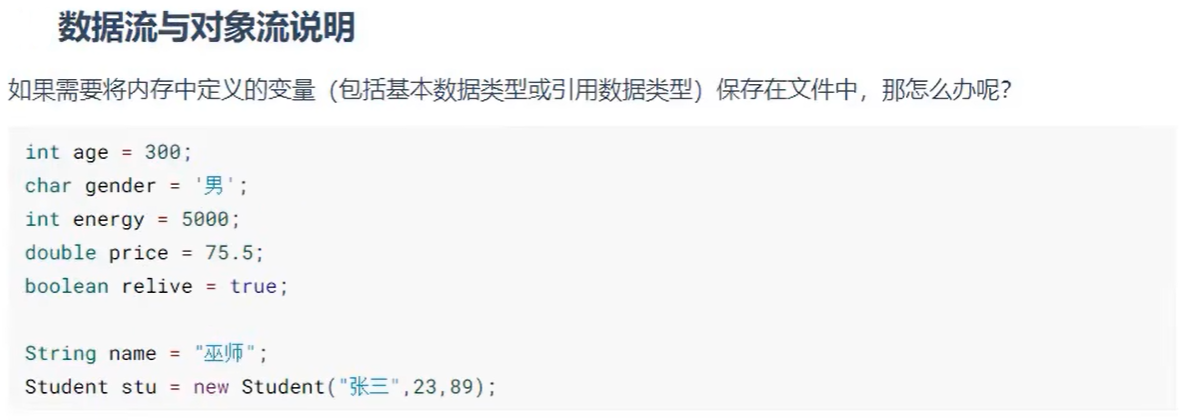






4.3.2对象的序列化机制
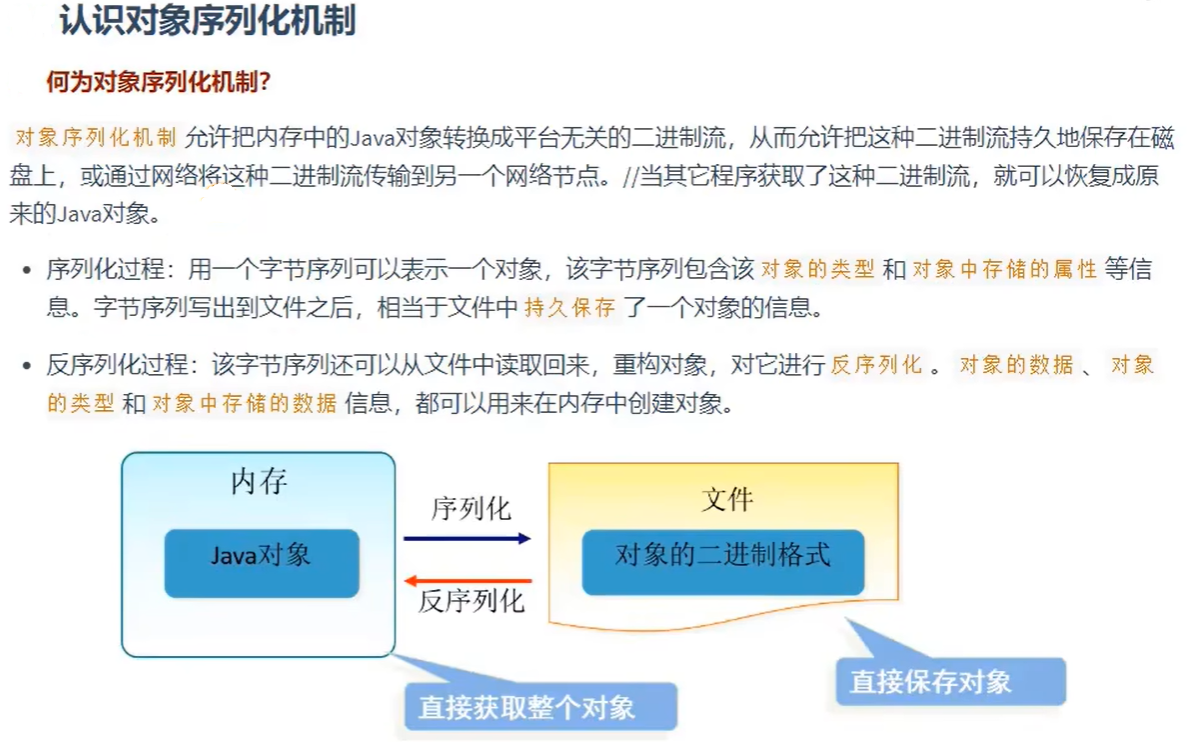
4.3.3使用
序列化过程
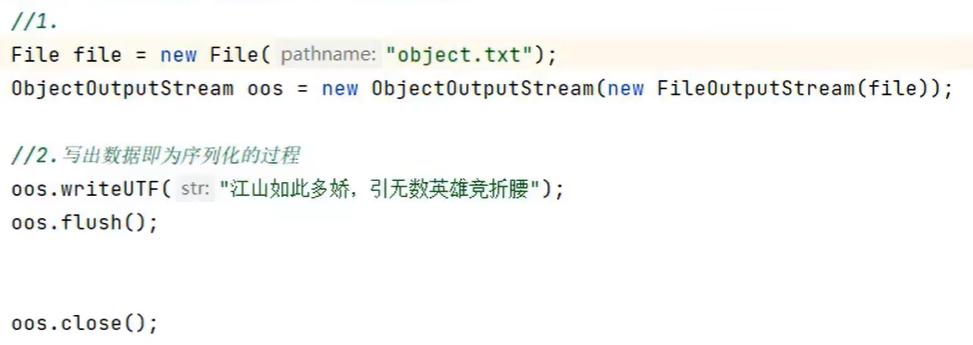
反序列化过程
内容来源于尚硅谷javase课程的ppt,仅作为学习笔记参考


环境介绍、配置、搭建)

)


)



详解与示例)

:用户管理命令与用户组管理命令)



正式设立!)



